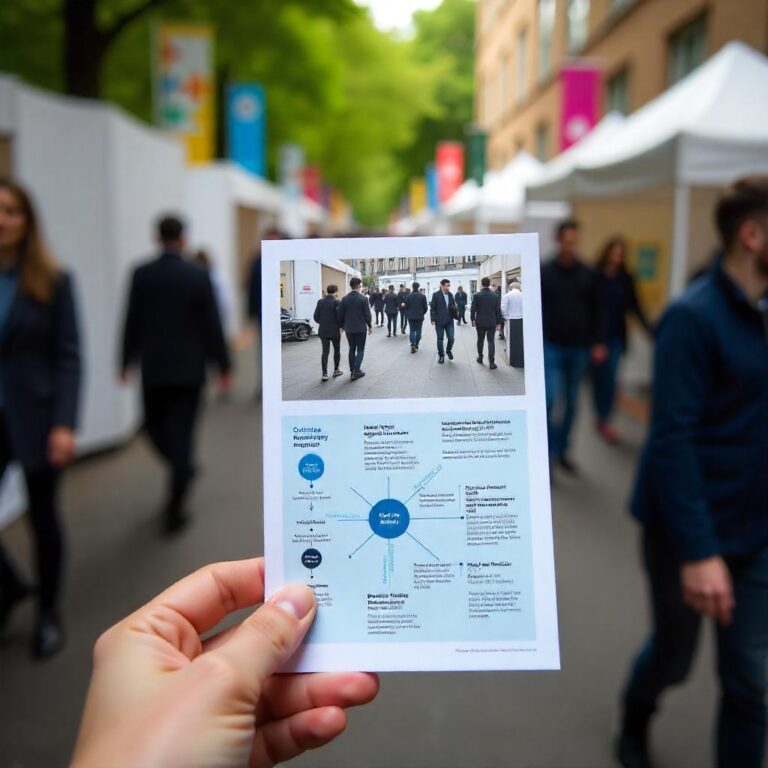When dealing with wood-destroying pests like termites, beetles, and woodworms, many homeowners worry about the risks traditional pest control methods pose to their family’s health. Chemical treatments often involve toxic fumes, harmful residues, and extended wait times before it’s safe to re-enter treated spaces. In 2025, a better, safer solution is gaining ground—pest removal methods that work without using poison, keeping families safe while effectively eliminating infestations.
One of the most trusted and effective family-safe solutions today is microwave pest control. This method uses electromagnetic energy to penetrate wooden surfaces and heat the pests inside. Since insects contain more moisture than dry wood, they heat up faster and are killed without the need for toxic substances. This approach leaves no chemical residue, produces no odor, and is completely safe for children and pets. It’s especially useful in residential homes, schools, and sensitive indoor environments.
Microwave treatment is also quick and localized. Technicians target only the infested areas, ensuring that the rest of the home remains untouched and safe to occupy. There’s no need to evacuate for days or worry about lingering gases or sprays on furniture and floors. Once the treatment is complete, the space is ready for normal use right away.Visit Online shashel for More details.
Another excellent non-toxic method is heat treatment, also known as thermal remediation. This involves raising the temperature in a sealed space to levels lethal to pests—usually above 50°C. The heat reaches into cracks, crevices, and deep within wood to kill termites and other insects at every life stage. This method is free from harmful fumes, making it suitable for families with allergies, asthma, or chemical sensitivities.
For smaller or portable wooden items, freezing is a natural and highly effective technique. When exposed to freezing temperatures for a specific period, insects cannot survive. This method is perfect for heirloom furniture, wooden toys, or antiques, especially when used by trained professionals with access to commercial freezing units. It’s clean, safe, and doesn’t involve any residue or chemicals.
Plant-based solutions are another option. Essential oils like orange oil, neem oil, and clove oil have insecticidal properties that can deter or even kill certain types of wood pests. While these natural oils are not always strong enough to handle large infestations, they can be used as a preventative measure or as a supplement to heat-based treatments. Importantly, they are safe to use around kids and pets when applied properly.
Modern pest control also includes oxygen deprivation methods. These involve sealing the infested item in an airtight chamber and removing oxygen to suffocate the pests over time. This technique is slow but extremely safe and is often used in museums or homes with valuable wooden artifacts that need gentle care.
In addition to these treatments, moisture control plays a critical role in preventing infestations. Termites and wood-boring insects thrive in damp environments, so keeping wooden structures dry helps reduce the risk of attack. Proper ventilation, fixing leaks, and using dehumidifiers can help maintain a pest-free environment without the use of poisons.
In conclusion, family-safe pest removal is no longer a challenge thanks to the many chemical-free solutions available today. From microwave and heat treatments to freezing and natural oils, these methods offer powerful results without the dangers of traditional poisons. By choosing non-toxic pest control, families can protect both their wooden structures and their loved ones—safely and responsibly.


